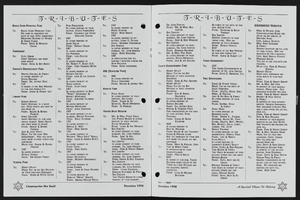Search the Special Collections and Archives Portal
Search Results
Frank Scott Papers
Identifier
MS-00738
Abstract
The Frank Scott Papers date from 1940 to 1984 and contain promotional materials, photographs, and menus from the Union Plaza Hotel; University of Nevada, Las Vegas (UNLV) basketball memorabilia; and KRLR TV documentation, correspondence, and news clippings. The collection also contains a scrapbook and photographs of the re-opening of the Mizpah Hotel in Tonopah, Nevada.
Archival Collection
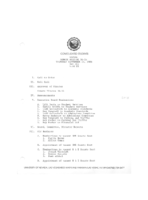
Meeting minutes for Consolidated Student Senate University of Nevada, Las Vegas, September 11, 1986
Date
1986-09-11
Archival Collection
Description
Includes meeting agenda and minutes. CSUN Session 16 (Part 2) Meeting Minutes and Agendas.
Text
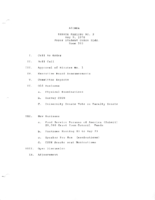
Meeting minutes for Consolidated Student Senate, University of Nevada, Las Vegas, May 9, 1978
Date
1978-05-09
Archival Collection
Description
Agenda and meeting minutes for the University of Nevada, Las Vegas Student Senate. CSUN Session 7 Meeting Minutes and Agendas.
Text
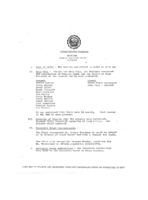
Meeting minutes for Consolidated Student Senate University of Nevada, Las Vegas, May 29, 1984
Date
1984-05-29
Archival Collection
Description
Includes meeting agenda and minutes. CSUN Session 14 Meeting Minutes and Agendas.
Text
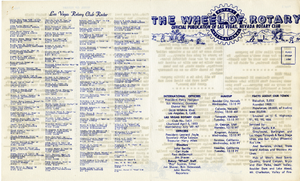
The Wheel of Rotary Las Vegas Rotary Club newsletter, September 22, 1949
Date
1949-09-22
Archival Collection
Description
Newsletter issued by the Las Vegas Rotary Club
Text
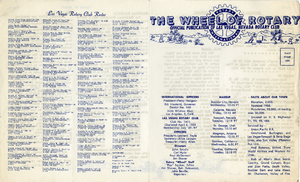
The Wheel of Rotary Las Vegas Rotary Club newsletter, December 22, 1949
Date
1949-12-22
Archival Collection
Description
Newsletter issued by the Las Vegas Rotary Club
Text
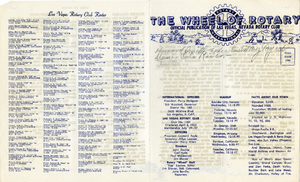
The Wheel of Rotary Las Vegas Rotary Club newsletter, February 23, 1950
Date
1950-02-23
Archival Collection
Description
Newsletter issued by the Las Vegas Rotary Club
Text
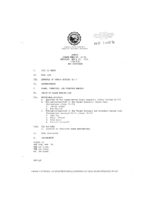
Meeting minutes for Consolidated Student Senate University of Nevada, Las Vegas, April 25, 1991
Date
1991-04-25
Archival Collection
Description
Includes meeting agenda and minutes with additional information about senate bills, resolutions, and memorandums. CSUN Session 21 Meeting Minutes and Agendas.
Text
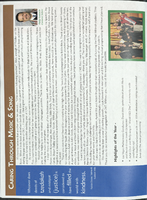
Annual report from Congregation Ner Tamid, 2008-2009
Date
2008 to 2009
Archival Collection
Description
Annual report from Congregation Ner Tamid, 2008-2009
Text
Pagination
Refine my results
Content Type
Creator or Contributor
Subject
Archival Collection
Digital Project
Resource Type
Year
Material Type
Place
Language
Records Classification

